Look good, feel good, shred good. Once upon a time looking good was simple. Today, that idiom has a lot more to unpack. There are the obvious needs: baselayer, insulation, waterproof outerwear. But increasingly, there are endless options to consider: color block, solid, lightweight, durable, breathable, stormproof, packable, ecofriendly, pocket-flush, vent-forward, quiver jacket, all-in-one shell, wool, down, hardshell, softshell, match it, mix it … the list goes on. The key is what makes you feel good (and therefore shred good). Is it comfort on the skintrack in a wool quarter-zip? Or a cleaner conscience thanks to buying ski pants with a small carbon footprint? Maybe it’s the satisfaction of having that perfect post-work lap jacket—breathable, waterproof, not too hot. This year’s lineup is the largest scope of apparel we’ve ever received. We tested it on skintracks and bootpacks, through pow slashes and groomer laps, in snow and sun, all in the hope that we can help you look better, feel better and shred better. —Greta Close
Categories
Men’s Editors’ Choice Apparel
Ortovox Ravine Jacket
ortovox.com | $620 | S-XXL

Testers expect four things from Ortovox’s apparel: high-vis color blocking, Alps-ready weatherproofing, a touch of wool and a slim, Euro fit. The three-layer Ravine Shell Jacket delivers on all fronts but the latter, with a looser, freeride-friendly cut testers loved inbounds and out.
“The fit is perfect on me,” an athletic freerider raved. “The sleeve length is proportional to the waist hem—not overly baggy but roomy enough for plenty of layers underneath to keep you warm on the coldest days.” Cut alone doesn’t earn an Editors’ Choice award. He also appreciated Ortovox’s fabric choice—a lightweight, highly waterproof and breathable polyamide three-layer shell lined with soft-to-the-touch merino wool. “It was plenty breathable to skin laps in,” he said. “It also packs down very well.”
On the features front, he had one qualm: The left chest sports a cellphone pocket lined with merino mesh to keep frigid temps from leaching phone battery, but our tester noted popping his phone in and out was “cumbersome” at times. Despite the lack of a powder skirt, he reported, “I didn’t find it to be an issue, as there is an elastic draw string at the hem and I often had a pack on.” Otherwise, Ortovox crushed the details, outfitting the Ravine with a helmet-compatible hood that fit well and didn’t blow off on blustery days, and two front chest pockets that are easily accessed when wearing a pack.
Where to buy
Trew Trewth Primo Bib
trewgear.com | $499 | XS-5XL
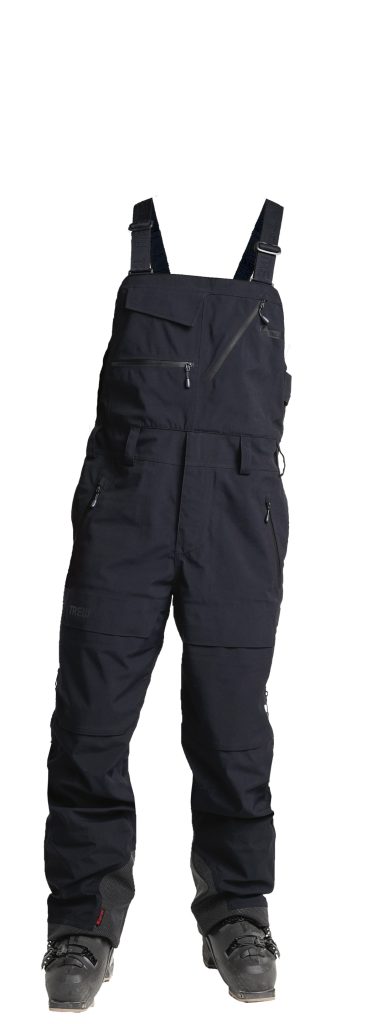
Like an onion, or an ogre, these bibs have layers. First is quality. “Bombproof. Most comfortable. Super breathable. How many superlatives do you want?” a bib neophyte said. Trew’s recycled, seam-taped, three-layer waterproof fabric held up to stormy Teton days, rainy Vermont missions and roadside tire chain installation in Colorado.
Second is features. “Three chest pockets, two high thigh pockets and two low thigh pockets provide ample storage,” said a tester who carries more snacks than Donkey has waffles. The pockets’ water-resistant zippers held up well in wet weather, and he appreciated the D-ring for attaching a beacon leash in the chest pocket. Another dug the silicone-lined straps, which stayed in place on the skinner and at the resort.
Third is fit. A high chest with side zippers kept snow out; the cut was roomy yet flattering. Layers fit easily underneath, testers said. A rider who switches gear often said the bibs don’t feel bulky with puffies and shells over top. While most ski outerwear is designed for tall, thin athletes, the Trewth Primo, with its three inseam lengths and sizing up to 5XL, can fit everyone from Lord Farquaad to Shrek. A larger tester who has struggled to find high-quality gear that fit said, “By offering a bib not only in extended sizes but also multiple leg lengths, they truly understand every person is different.”
Where to buy
Dynafit Tigard Down Jacket
dynafit.com | $400 | XS-XL
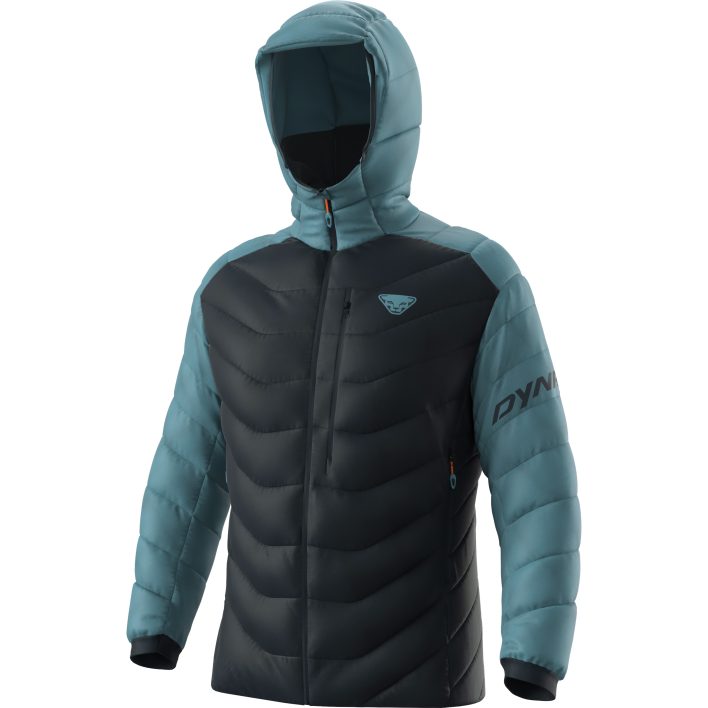
Pigs must be flying. That’s the only way to explain why our splitboard testers are drooling over Dynafit. Or, perhaps, the Tigard Down puffy is simply so warm, stylish and jam-packed with responsibly sourced down and pragmatic features that it transcends tired ski or snowboard tropes, speaking instead to anyone down to send.
Stuffed with a generous 148 grams of 700-fill Re:Down recycled down—an eco-friendly 90% duck down and 10% feather blend derived from post-consumer goods—the Tigard kept our tester toasty. “A great backcountry jacket for really cold days moving or snow camping, and a go-to for daily winter use doing just about everything,” commented a splitboarder ready to tattoo a Dynafit snow leopard on his cozy core. “It’s too warm for most climbs or descents—unless you’re on something like Meru,” he acknowledged. He added that the jacket was more breathable than anticipated, reporting “I don’t start sweating within two minutes of entering a room-temp building.”
Our tester appreciated the wind-resistance, reasonable weatherproofing, yoga-ready stretch and durability of the recycled polyamide fabric. “The shell hasn’t ripped yet and I’ve definitely snagged it on a few branches, a bike pedal and a car door,” he said. “I had it covered in melting snow and didn’t notice any penetration.” The Tigard also tallied points for features handy on remote skintracks and mountain town main drags alike, among them internal hip pockets low enough to access beneath a backpack hip belt, a narrow chest pocket perfect for vertical phone storage, and easily adjustable waistband and wrist cuffs for battening down the hatches.
Where to buy
Outdoor Research Deviator Hoodie
outdoorresearch.com | $229 | S-3XL
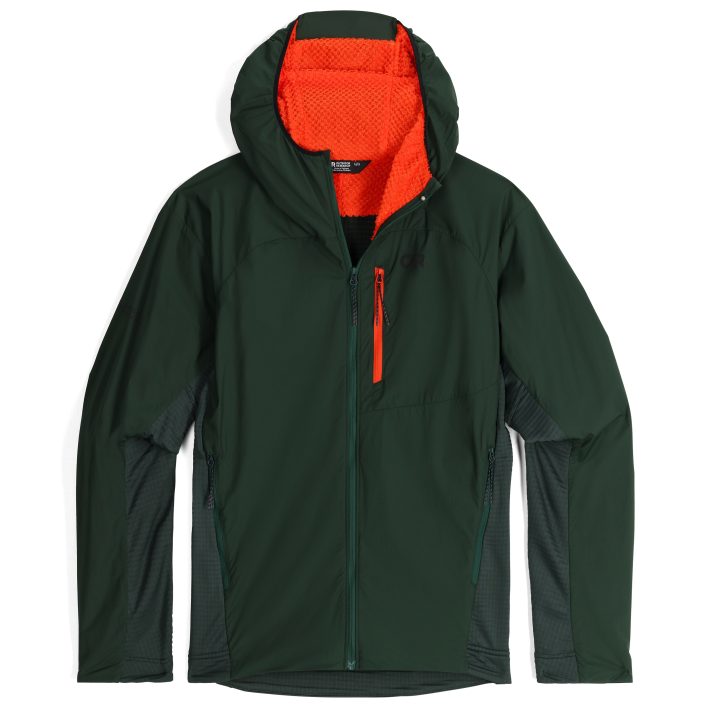
It’s important to pack a map for the backcountry, but what about mapped insulation? According to a tester who used the Deviator on Utah storm days, Arctic Swedish tours and sunny Sierra skintracks, the latter is key. “A cozy, comfy, reasonably warm, high-performance midlayer with better weatherproofing than most and targeted insulation and breathability for compatibility with [a] touring pack,” he said of the multifunctional jacket.
The Deviator uses two main fabrics. The first is VerticalX Oca, a synthetic insulation that pairs various lofts of polyester for better breathability. This plush material lines the inside of a 20-denier, stretch-woven softshell in the hood, along the top of the sleeves and shoulders and down the front of the body. The second—a thin polyester/spandex grid fleece—can be found under the arms and in the back; think sweaty places. “It’s really permeable, particularly given the impressive, toasty, fleecy warmth, and the paneling wicked well on the skinner,” our tester said. “This hoodie excels at charging in semi-shit conditions.” When the weather turns to full shit, both fabrics soaked through.
Our tester wished the fuzzy VerticalX Oca also lined the three pockets, but he appreciated it in the hood. “The fleecy insulated interior is softer than a freshly conditioned Persian cat, so cozy your once beloved beanies will gather dust,” he said, adding that the stiff brim kept the sun out of his eyes. Despite all the stretch, he suggests sizing up, specifically for those with broad shoulders.
Where to buy
Women’s Editors’ Choice Apparel
Mammut Eiger Free Pro HS Jacket
mammut.com | $850 | XS-XL
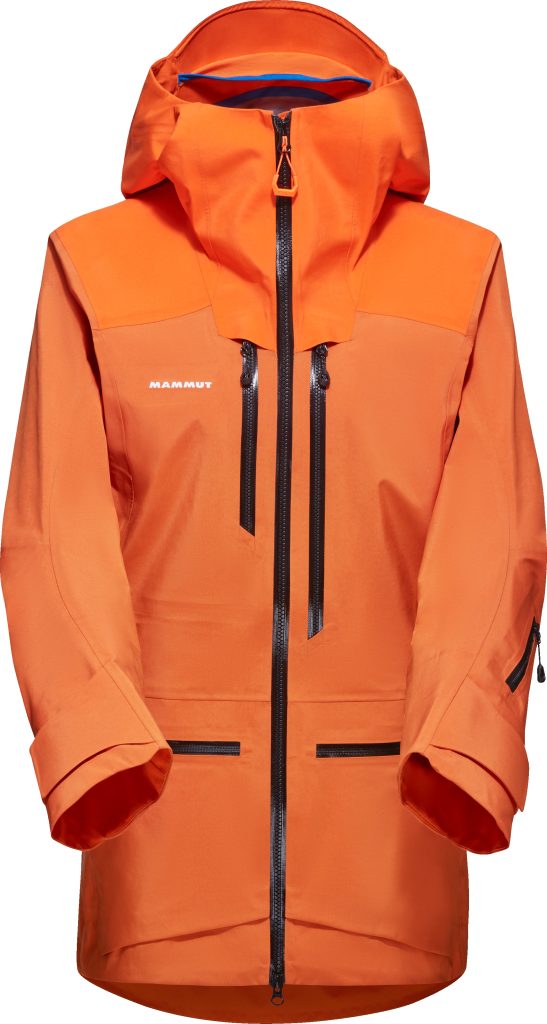
Historically, Mammut has leaned into the “Euro” style: tightly tailored, high-tech fabrics for a sleek, precise performance. The Eiger Free Pro kit keeps the materials but adds a modern, loose fit, which one freeride tester said had a “baggy feel, but I appreciate companies trying to allow for more joint movement and less restriction overall while still keeping it light and functional.”
This particular tester needs a jacket that can handle backcountry backflips and 4,000-foot skintracks. The flips require mobility and, for the rare times she doesn’t stick the landing, waterproofing. The Eiger Free uses Gore-Tex Pro—an elastic, waterproof, three-layer laminate—and is cut extra long in the back. “I like the long butt feel. I think females will appreciate the jacket curving out for those with hips and butts,” our tester said. With a removable powder skirt, snow and water stayed out. Check off mobility and waterproofing.
When it comes time to hit the skintrack, breathability and packability are musts. While Gore-Tex Pro is designed to keep water out, it also sheds water vapor from sweat. Our tester had no overheating complaints—breathability, check—though she noted that, at 633 grams, the jacket could be a tad lighter.
Some of the weight came from the abundance of features: a helmet compatible, adjustable hood and seven pockets—two backpack compatible on the abdomen, two more on the chest, two inner pockets and a final one on the wrist. Our tester found the additions functional, saying, “I appreciate the thoughtfulness of the materials of the pockets. More durable and a tad stretchy.”
Where to buy
Patagonia W’s Untracked Bibs
patagonia.com | $649 | XS-XL
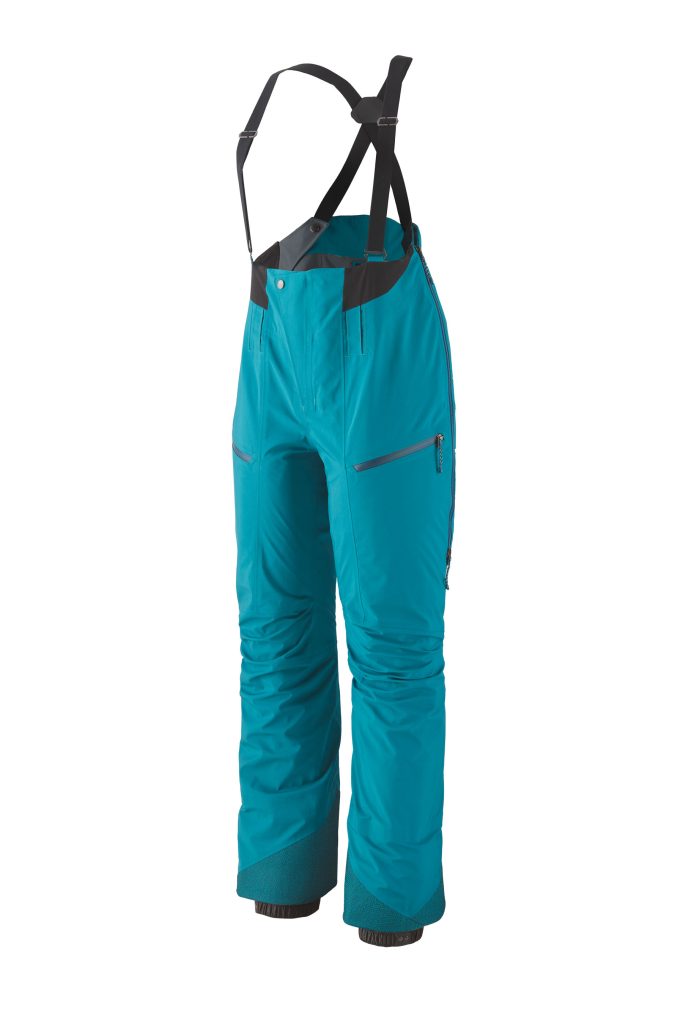
Ecofriendly products are a part of Patagonia’s DNA, so it’s no surprise the brand is using Gore-Tex ePE, the PFC-free hardshell material, in the Untracked kit. “But none of that matters if they don’t perform,” a tester said of the new materials. “Luckily, these bibs do hold up to, if not surpass, the traditional fabrics.”
PFAs, also known as “forever chemicals,” don’t break down when you throw out your old hardshell pants. Instead, they seep into nearby water supplies and wreak havoc on wildlife and human health. Ditching these is a no-brainer, so Gore-Tex ePE uses nonfluorinated materials. The new membrane is also thinner than other waterproof Gore products, meaning it has less waste in the production process, according to Patagonia and Gore-Tex, and it’s lighter and more supple to the touch. Despite overheating on a spring day, our tester was still impressed: “The new Gore-Tex fabric has a small amount of stretch for a comfortable skinning stride and is exceptionally waterproof despite being so dang light.”
When it came to the fit, our thick-thighed, 5’2” tester sized down. “The cut on these will fit many different body types and look flattering,” she said. “Having a stretchy material along the back means that you can actually move.” During bathroom breaks, the inner waist snap made using the side zips a breeze. Her favorite feature was the beacon pocket. “Almost no women’s pants have somewhere to clip the leash and an inner sleeve to keep it in place,” she explained. “The Untracked bibs hit them both!”
Where to buy
Montane Anti-Freeze Lite Hoodie
montane.com | $249 | XS-XL
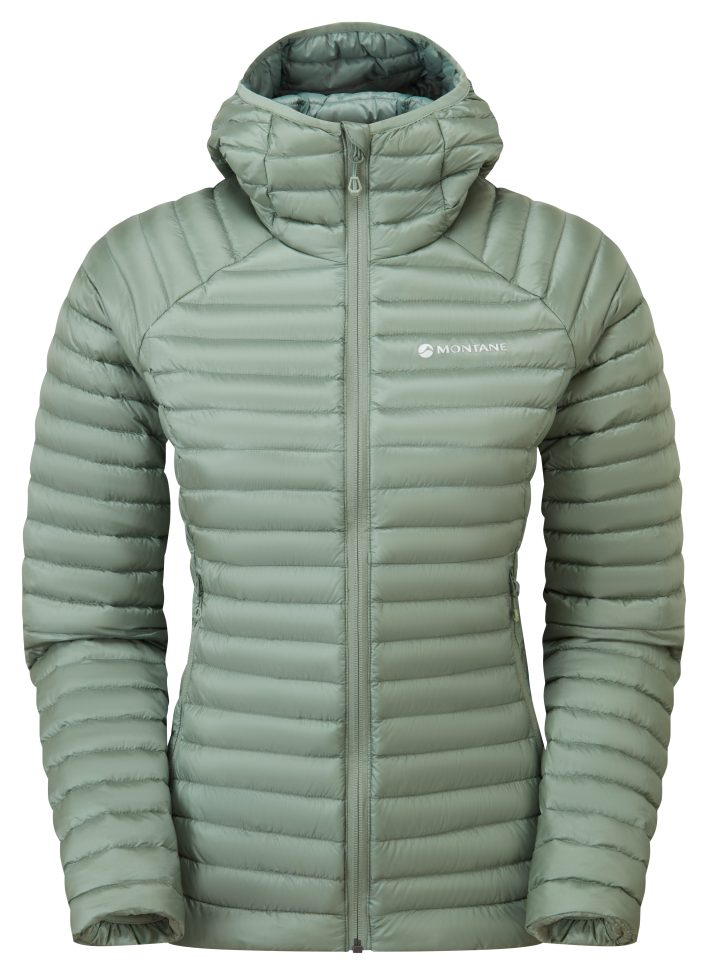
Instantly enamored with its packability and warmth, our Teton tester wore Montane’s Antifreeze Light almost daily. Just like Linus and his trusty blanket, simply having the puffy in her pack provided a sense of comfort as she pushed hard on the skintrack.
While the Anti-Freeze Light is a streamlined, minimalist hoodie that weighs just over a half pound, it offers excellent warmth-to-weight thanks to a 750+ fill, responsibly sourced, hydrophobic, fluoro-free down. “This jacket is light, and way warmer than it should be for how little it weighs. It quickly became my go-to bonus layer on tours of all lengths in any weather,” gushed our tester, who happily replaced her old emergency layer with this compact crusher.
Montane kept weight low by utilizing a razor-thin Pertex Quantum Eco shell treated with a PFC-free water-resistant coating and slashing bells and whistles, like a chest pocket that our tester did miss. She judged the remaining features, like the well-placed zips and snug cuffs, as “simple, but high-quality and effective.”
Our slim tester also appreciated the Antifreeze’s difficult-to-achieve balance between practicality and flattering fit. “It gets major bonus points for being attractive on top of functional,” she said, loving the slightly longer backside, tapered cut that still accommodated layers on a winter camping trip, slim, long sleeves unbothered by overhead movement, and a low-profile outline that sits well under outerwear. “I got more compliments and comments on this jacket than I thought possible while wearing a black puffy in a town full of black puffies,” she joked.
Where to buy
Scott W’s Explorair Alpha Hoody
scott-sports.com | $190 | XS-XL

Going from a traditional midlayer to one with mapped insulation—like Scott’s Explorair Alpha—is like a ski racer getting their first proper taste of powder. It’s tough going back to icy gates after sampling champagne blower. A Vermont-based tester who has shuttled her daughter to 15 years’ worth of ski races was impressed by the Explorair Alpha, saying, “It’s highly breathable and tolerated misty rain and wind.”
As a backcountry skier, Nordic skier and runner, our tester dug the versatility supplied by the protective polyamide shell along the torso, shoulders and hood. A lovechild of your favorite fleece and go-to micropuff, the Explorair Alpha incorporates 90 grams of Polartec Alpha Direct insulation, a lightweight, sweat-wicking active insulator, in classic cold zones along the front of the torso and shoulders. “Puffy in all the right places,” commented our tester. Combined with an ultra-breathable, gridded blend of recycled polyester and stretchy elastane on perspiration-prone back and sleeves, the Explorair wicks like a candle factory. Best of all, both the gridded zones and the Polartec Alpha Direct panels are unequivocally comfy against the skin. “Cozy and fuzzy,” raved our tester.
While the materials and construction alone might’ve earned this hoodie our Editors’ Choice award, a few welcome features, including two hand pockets, an easily adjustable, elasticized hem and well-fitting, visored hood, didn’t hurt its chances. Our tester’s sole gripe: “near perfect” sizing. “With a long-sleeve layer underneath, the bicep area is a tad snug, but not uncomfortable,” she explained.
Where to buy
Baselayers
Elevenate Primo Crew + Pants
elevenate.com | $120 (top), $100 (bottom) | XS-XL
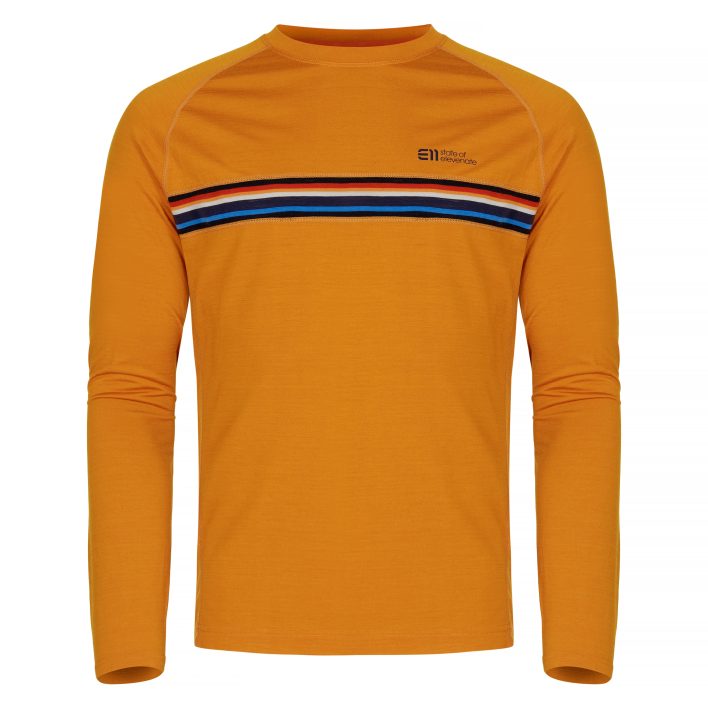
One of our Teton-based testers usually sticks to natural fibers, but she found these synthetic Lyocell/merino wool jersey layers to be “comfortable and versatile.” Despite her aversion to synthetics, she thought the merino warded off stinkiness and the layer was comfy for sleeping on an overnight alpine mission. Where it shone was during a hot lake crossing after summitting a 12,000-foot peak in Grand Teton National Park. “The light color, loose fit and airy fabric kept me cool and comfortable on a very tropical skin,” she said. She decried the lack of a hood, and both she and a male tester identified one common shortcoming: no thumb loops.
Where to buy
Published here are 9 of 44 pieces of apparel we reviewed in our 2024 Gear Guide. To check out the comprehensive range of apparel we wrote about pick up a copy of the 2024 Gear Guide, available in print and PDF versions. For the rest of our 2024 Editors’ Choice reviews published online, visit our gear page.
*Affiliate link disclaimer:
At Backcountry Magazine, we are committed to providing you with honest and informative gear coverage. To support our work and continue delivering quality content, we are including affiliate links in our reviews. Partnerships with retailers are separate from coverage, ensuring that our reviews remain unbiased. These links help us earn a small commission if you make a purchase through them, at no additional cost to you.


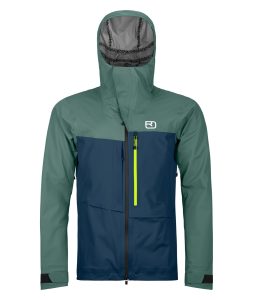
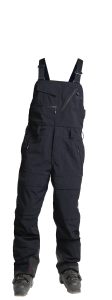
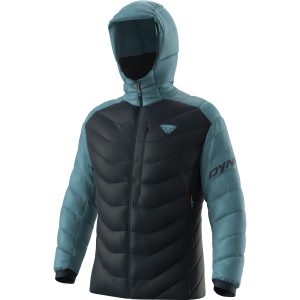
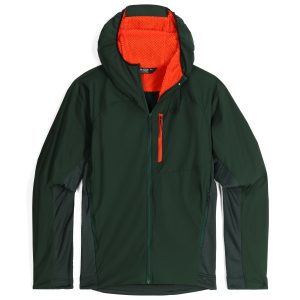

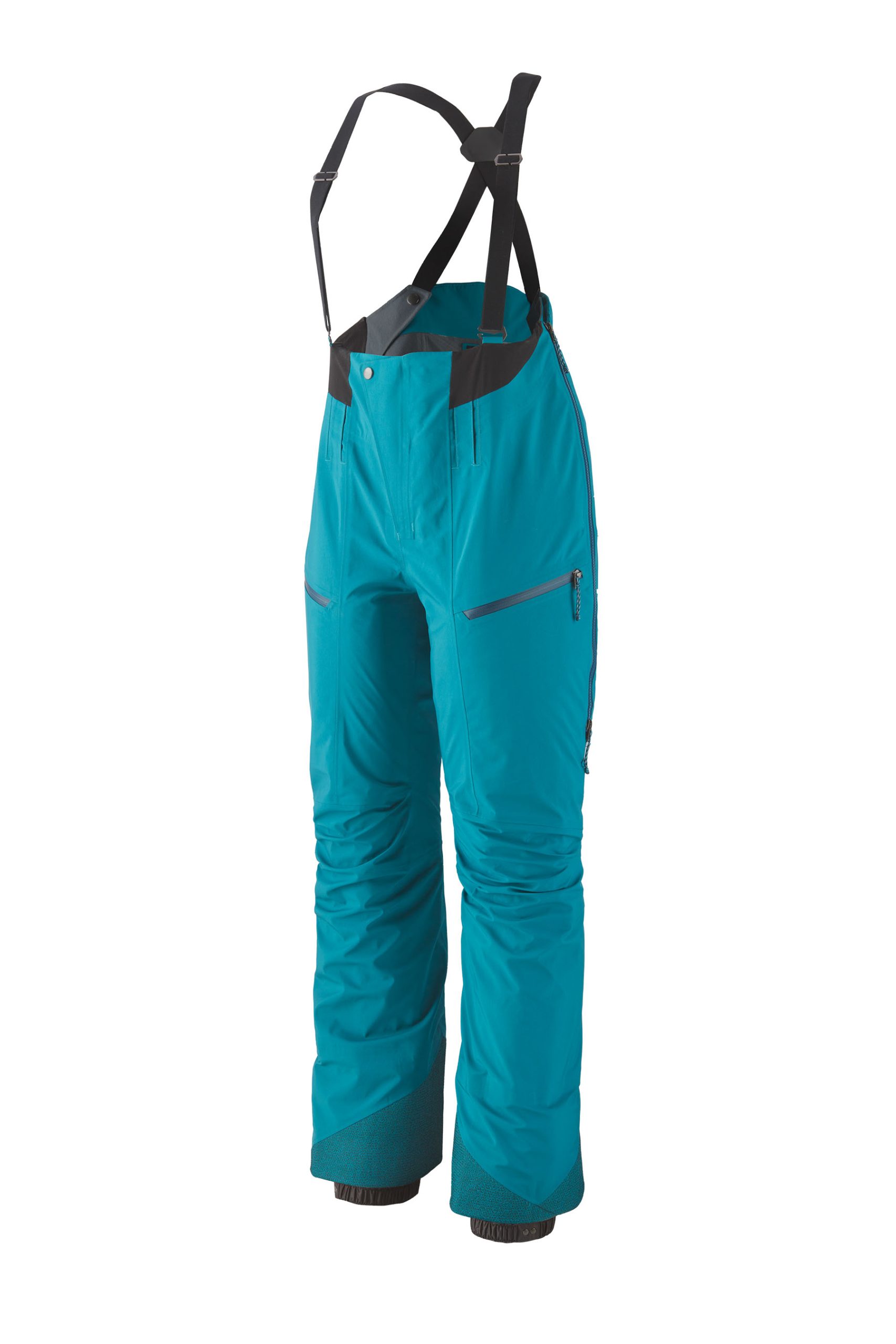
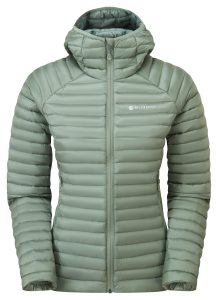
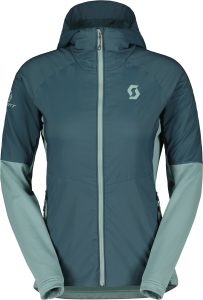
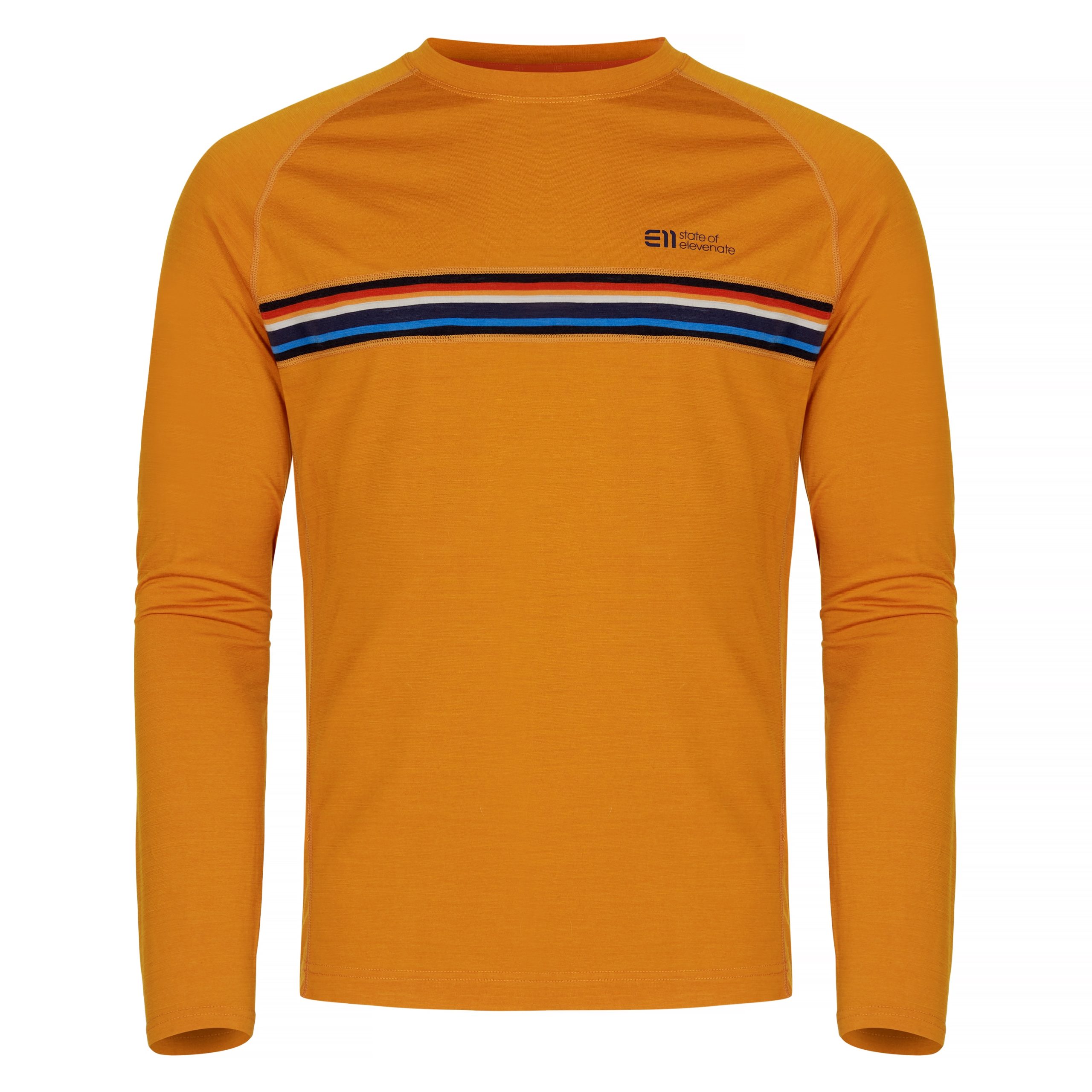
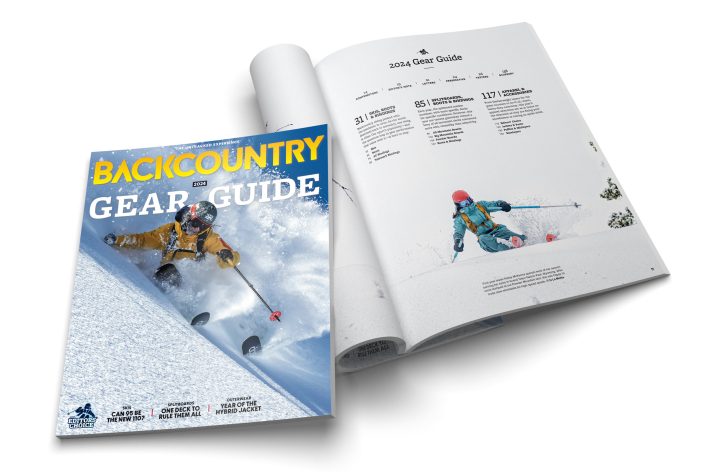








Appreciate the insights in this piece. Learned something new today!